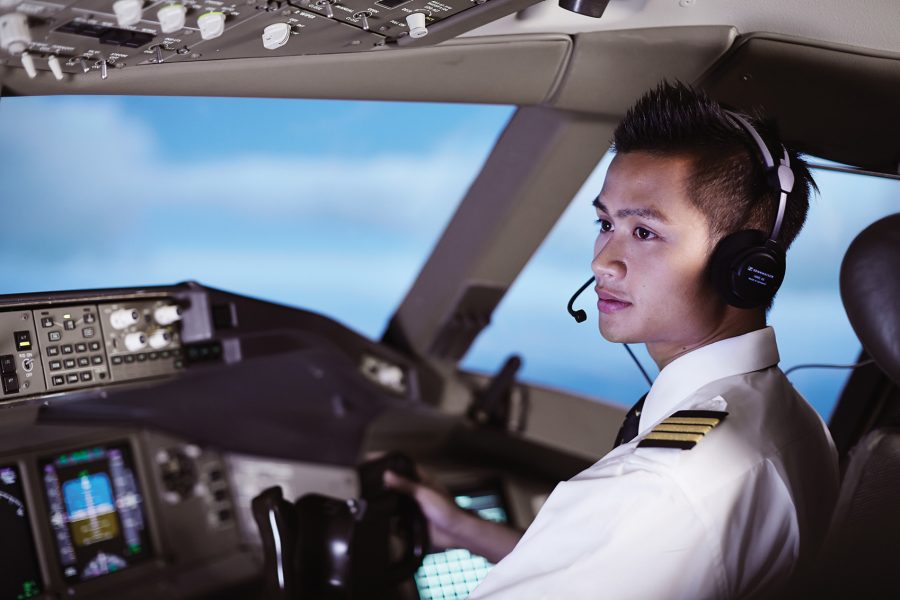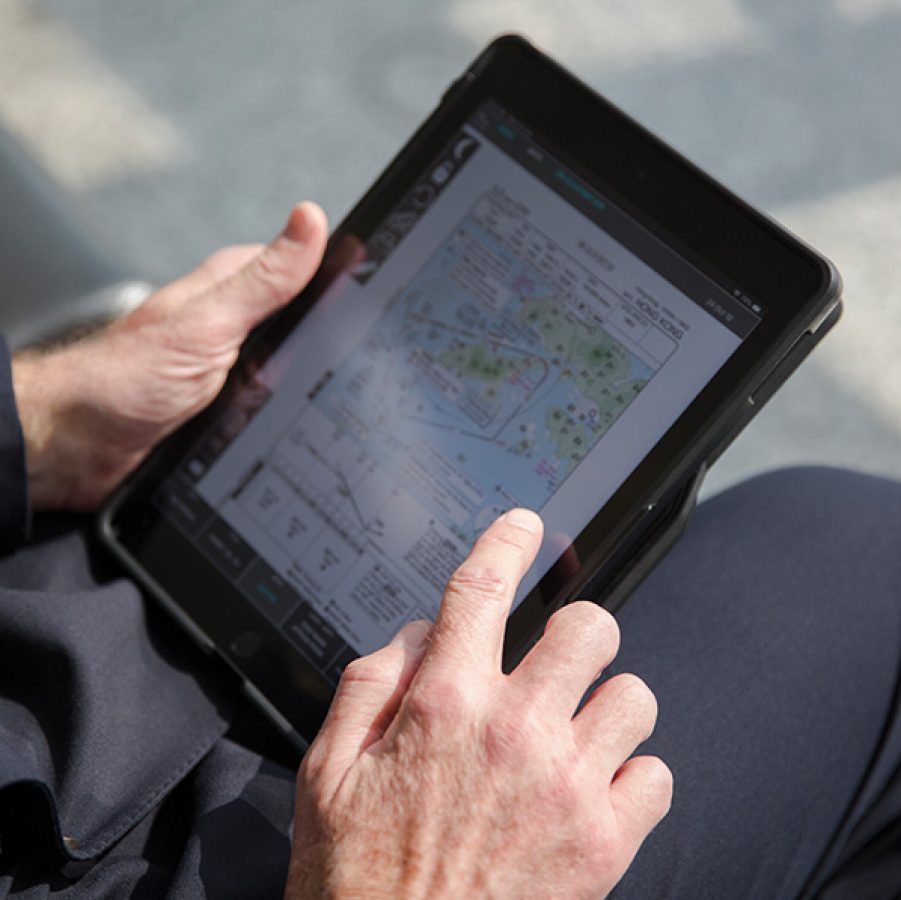Why Cathay Pacific pilots practice second landings

It can be a slightly unnerving experience. You’re coming into land, you can see the airport come into view, and you’re waiting to switch airplane mode off to check your phone. Suddenly the engines roar, you’re pressed back into your seat and the plane heads back off into the sky at a decent lick. You’ve just experienced a go-around – an aborted landing of an airplane on final approach – and while it can feel dramatic, it’s routine and absolutely safe.

It can be a slightly unnerving experience. You’re coming into land, you can see the airport come into view, and you’re waiting to switch airplane mode off to check your phone. Suddenly the engines roar, you’re pressed back into your seat and the plane heads back off into the sky at a decent lick. You’ve just experienced a go-around – an aborted landing of an airplane on final approach – and while it can feel dramatic, it’s routine and absolutely safe.
In fact, in their regular simulator sessions, your pilots practise go-arounds more often than landings. “On a typical simulator, pilots get two hours each and would probably do four or five go-arounds and one landing – because we land aircraft all the time,” says Cathay Pacific’s Head of Line Operations, Captain James Toye. “A go-around is a normal procedure we need to practise because we do it less often.”
Line Operations Manager Captain Tony Pringle agrees. “We train our pilots to be go-around-minded: so you assume you’re doing a go-around before you assume you land.”
The most common reason for a go-around tends to be that the runway is not clear because there’s something on it – usually the plane ahead of you. As airports get busier, they try to reduce the separation (the distance between aircraft) on approach so more aircraft can land in a day.
But this situation can come up on occasion: “Typically, the aircraft ahead of you was meant to get off at a certain taxiway, but they were travelling a little too fast, so they overshot – but now they’re too slow on the runway as they head for the next taxiway, so you’ll go around,” says Captain Toye.
Captain Pringle adds: “I was on short final [very close to touchdown] in Taipei recently when the aircraft in front hit a bird as it was landing. The airport wanted to inspect the runway so we went around. It likely would have been fine – but safety comes first.”
After the call to go around comes, which can happen anywhere from five miles out to two feet above the runway, the process is the same. Depending on the aircraft type, a go-around is initiated by either pressing a button or pushing the thrust levers all the way forward. The power comes up, and hard, because the flaps will have been down to create drag to reduce speed before landing. After gaining height, the crew reduce the flaps on the wings and will only retract the wheels once they can guarantee there’s no potential for contact with the runway.
They then follow an assigned go-around flight plan to a set altitude, which differs for every runway at each airport. These flight paths are designed to keep your plane away from departing traffic, with pilots briefed and the route entered into flight computers prior to the original planned landing. Not only that, but “a lot of these procedures were designed just in case the air traffic control radio fails”, says Captain Toye. “So if everyone does their thing, separation will be maintained even if something else goes wrong.”
As a passenger, one thing that you won’t immediately hear is a calm announcement from the flight deck. As much as you might appreciate one, this is a busy time in the cockpit.
Captain Toye cites a recent go-around in Perth due to equipment and weather issues on the runway. His was the third aircraft to go around but, as they were preparing to join the others in a holding pattern, air traffic control offered him another runway to land on due to the others not being in position.
“So we reprogrammed, rebriefed and landed on a completely different runway in only a matter of minutes,” he says. “I didn’t have time to talk to the passengers. Normally I would, but we would have lost that opportunity, which probably saved us about 40 minutes.”
In landings, as in life – sometimes, silence is golden.
More inspiration
- China – the Chinese Mainland, Hong Kong SAR, Macao SAR and Taiwan Region
- Hong Kong SAR - English
- Chinese Mainland (China) - English
- Taiwan, China - English
- 香港特別行政區 - 繁體中文
- 中国內地 - 简体中文
- 中國台灣 - 繁體中文
- Africa
- South Africa - English
- Asia
- Bangladesh - English
- Korea - English
- Singapore - English
- Cambodia - English
- 한국 - 한국어
- Sri Lanka - English
- India - English
- Malaysia - English
- Thailand - English
- Indonesia - English
- Maldives - English
- ประเทศไทย - ภาษาไทย
- Indonesia - Bahasa Indonesia
- Myanmar - English
- Vietnam - English
- Japan - English
- Nepal - English
- Việt Nam - tiếng Việt
- 日本 - 日本語
- Philippines - English
- Australasia
- Australia - English
- New Zealand - English







